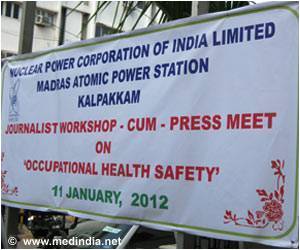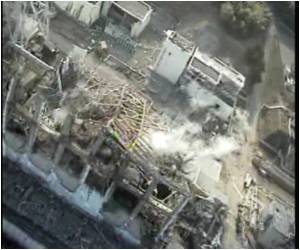The Japanese government will lift the evacuation order in September and declare Naraha a safe place to live. But activists are unhappy with decontamination work.

The report revealed, "Levels of radiation in both decontaminated and non-decontaminated areas make a return of the former inhabitants of Iitate not possible from a public health perspective. A person living in the area could expect to absorb 20 times the internationally accepted level for public exposure. The levels of radiation in the forests, which pre-accident were an integral part of (life), are equivalent to radiaton levels within the Chernobyl 30-kilometer exclusion zone. Over 118,000 people were permanently evacuated from the 30km zone around Chernobyl in April 1986, with no prospect or plans for them ever returning."
The report further stated, "The woodlands of Iitate are acting as a long lasting reservoir for radiocesium and as a large source for future recontamination in the environment beyond the forest." Jan Vande Putte, a nuclear campaigner with Greenpeace, said, "That makes the very notion of decontamination problematic. There is a risk that the migration of radiation will recontaminate decontaminated areas."
However, the government data suggests that the contamination levels In Naraha, which is southeast of the plant, are much lower than Iitate. Many residents are eager to return and rebuild their community, according to a town survey. Pro-resettlement mayor Yukiei Matsumoto said, "The end of the evacuation order is based on citizens’ real voices and plans to accelerate reconstruction. A prolonged evacuee life is not desirable." Supporters of returning back to Naraha point out that while the nuclear accident is not officially recorded as having directly killed anyone, the stresses and strains of evacuee life exact their own price.
Source-AFP














